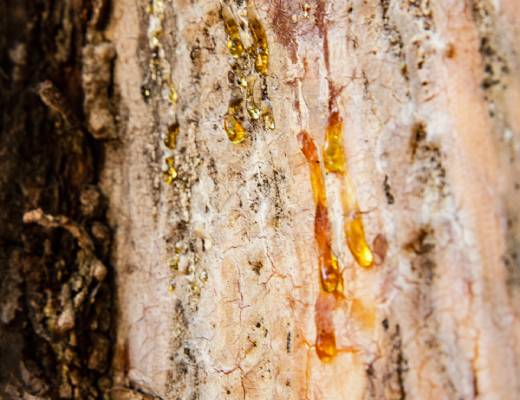Greece’s most famous and possibly most authentic wine is the traditional Retsina, with Attiki as the center of its production. Only specific regions can carry a Protected Geographical Indication (PGI) on the labels. (or ΠΓΕ in Greek). Retsina can also be produced throughout Greece and according to Greek and European legislation is labelled as a Traditional Designation (one of the two in Greece) if not produced within one of the designated PGI zones.
Among these regions, Attiki stands out by producing Retsinas that, under certain prerequisites, are classified in the category of Protected Geographical Indication, PGI Retsina of Attiki (ΠΓΕ Ρετσίνα Αττικής). It was only quite recently that Attiki has become the focus of Retsina production, being nowadays the most important producer of this renown traditional style of wine.
The Art of Collecting the Pine-resin
Evolution of Retsina came with time. Winemakers experimented, changed or improved their production methods and this resulted in the new-age, fine-quality, Retsinas.
However, it’s not only the vineyard or winery that influences how a Retsina is made. Another very important factor is the quality of resin used. It’s not a secret that nowadays the wine in which the resin is added is of very good quality, but the quality of resin is also critical to producing a good Retsina. The resin should be fresh and recently collected from the pine trees of Attiki (of the species Pinus Halepensis). Attiki is considered
to be a great source of some of the best pine resin in Greece.
Harvesting the resin is tough work to do and that is why most of the producers either don’t do it anymore or do it as a side income. Harvest takes place between April and the beginning of October. An incision is made, and the bark is lifted away. As soon as the bark is lifted away, the wood is carved out and the sap that emerges is collected in containers that are placed on the trees.
About 1 kg or resin is harvested from each tree. It takes a few years for the bark to rejuvenate, that is why different trees are used each year for the collection of the resin.

